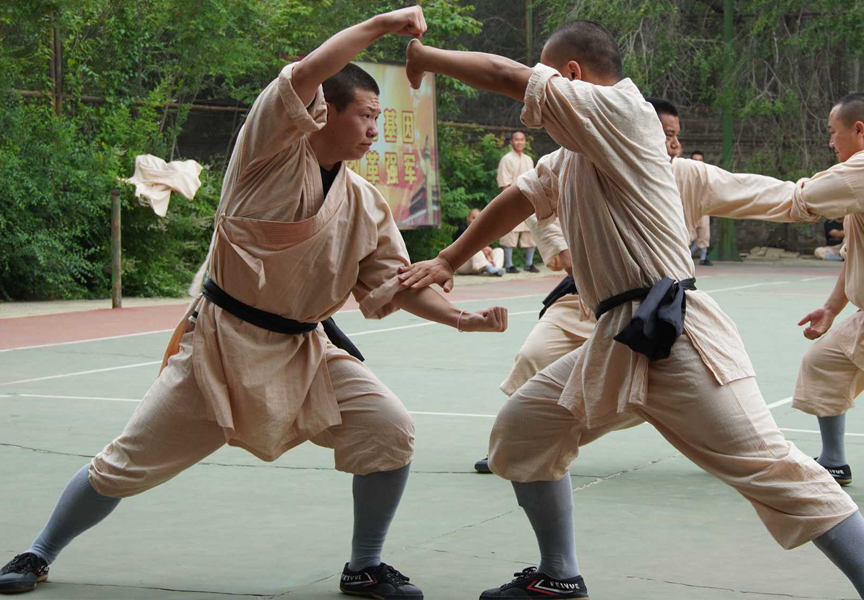Random Free Articles
- Taolu. The Artistry of Forms
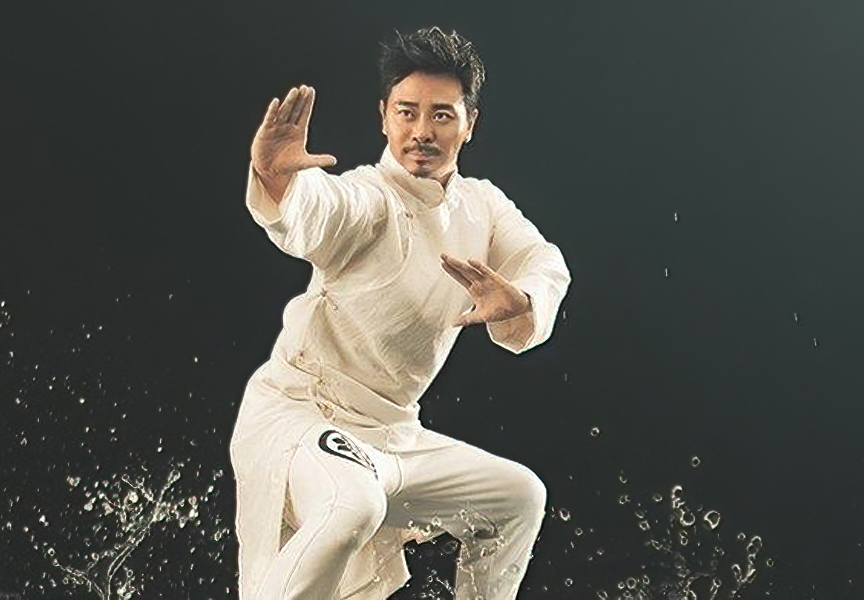
Martial arts, deeply rooted in ancient traditions and philosophies, embody a rich tapestry of physical prowess, mental discipline, and cultural significance. One of the distinctive elements in Chinese martial arts is the practice of "taolu" [Chin.: tàolù 套路], commonly known as forms. Taolu is not merely a choreographed sequence of movements; it is a dynamic expression of a martial artist's skill, showcasing a harmonious…
- The Art of Effortless Action
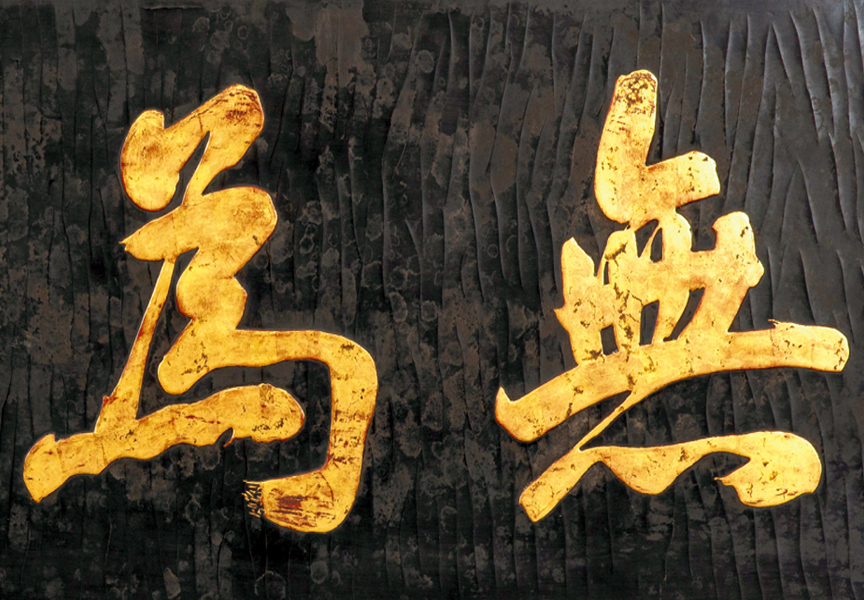
Shaolin Kungfu, an ancient Chinese martial art with a rich history, is not just about physical prowess but also encompasses a profound philosophy. One of the essential philosophical concepts within Shaolin Kungfu is Wuwei [Chin.: Wúwéi 无为], which translates to effortless action or non-doing in English. This concept, plays a crucial role in guiding practitioners to master the art. In this article, we'll delve into the significance of…
- Progress Rooted in Tradition
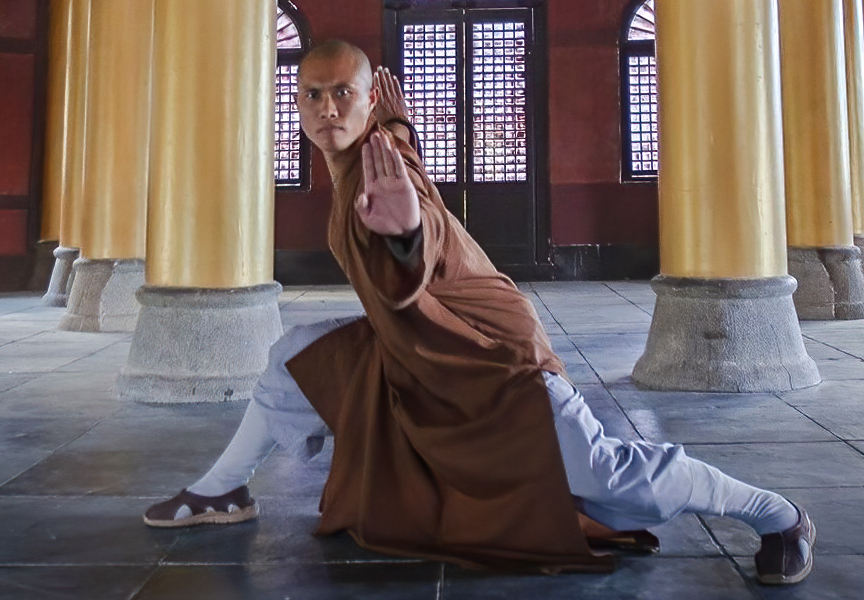
In an era characterized by rapid technological advancements and a relentless pursuit of the new, it is crucial to recognize the enduring value of tradition and primordial knowledge in shaping the path of human progress. While modernity often encourages us to look forward, we must also look backward to the wisdom embedded in our cultural heritage, ancient practices, and timeless traditions. This article delves into the symbiotic relationship…
- Ηeart to Ηeart Τransmission
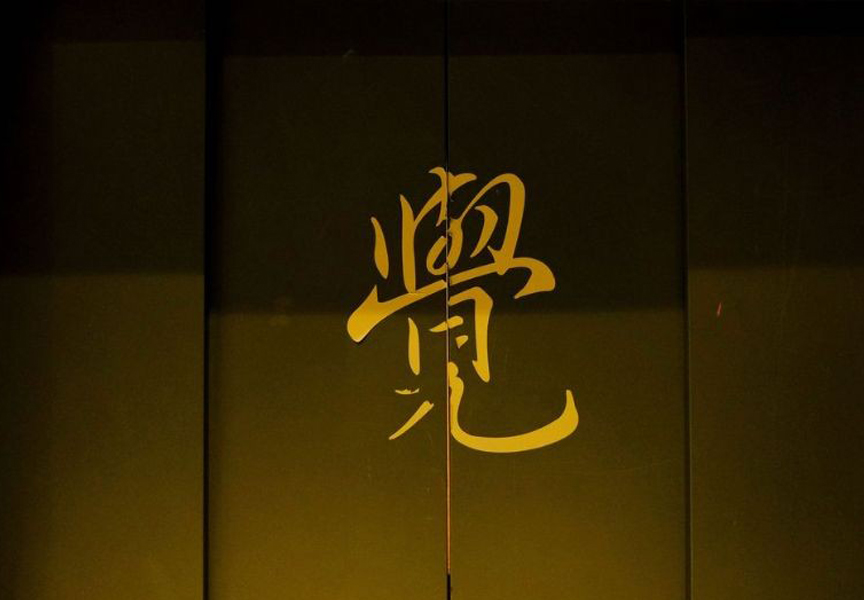
What the Heart Feels, the Mind Transmits Education is a multifaceted process that goes beyond the mere exchange of instructions. In the realm of learning and teaching, there exists a profound and often overlooked dimension known as "heart to heart transmission" [Chin.: FóXīn 佛心 | Jap.: Ishin-denshin]. This form of communication transcends the physical and intellectual, delving into a realm where profound understanding and…
- Forms and their use
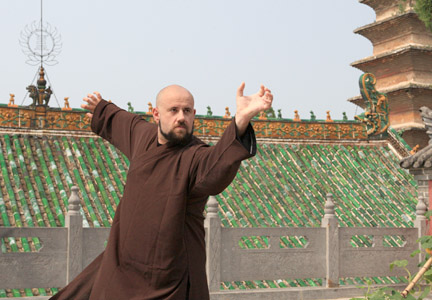
The term Forms means the combination of several techniques, organized by their initiators, in order to present their experience and knowledge from a real battle and which they can pass on to future generations. Masters that created the Forms which have reached to this day, were perfectly aware of the styles, were experienced in the techniques, in order to be able to see the advantages and disadvantages of the form, the techniques, the sequence…

